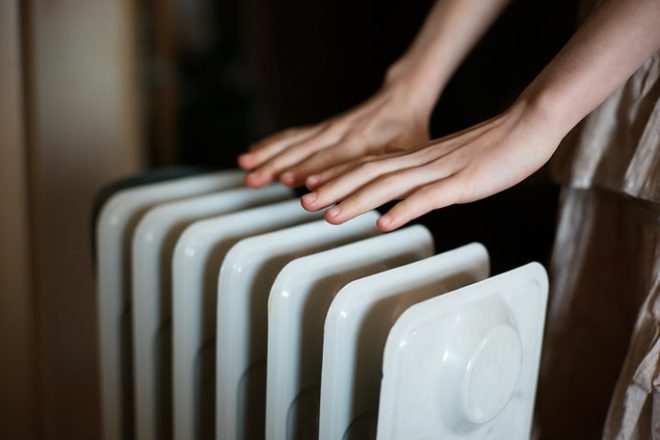Michael Begg, a leading energy advisor in Aotearoa, has shared his tips on how to keep homes warm and dry. According to the World Health Organisation, the ideal indoor temperature is between 18 and 20 degrees.
To maintain this temperature, insulation is crucial. It should be installed correctly, with no gaps. The insulation should have a label showing the date and type, indicating it was installed by a professional. Underneath the floors, a layer of polythene should be used to prevent dampness, followed by insulation to block the cold.
Windows should ideally have double glazing, with wooden frames being more effective than older aluminium ones. If this is too expensive, there are cheaper alternatives available at hardware stores.
Insulation works by trapping a layer of air, which is also the principle behind lined curtains. When the curtains are closed, they trap a layer of air, providing further insulation.
Ventilation is also important, as we produce about a litre of condensation just by breathing while we sleep. If the air in a room is damp, it can take twice as much energy to heat it.
In the bathroom, an extractor fan is essential, and it should be vented outside. Michael suggests turning on the heater a few minutes before showering, then turning on the extractor fan and slightly opening the window.
Heated towel rails, which can cost between $15 and $30 a month to run, are not recommended. While they dry towels, the moisture they produce can seep into other parts of the home, requiring more energy to remove.
Once insulation and ventilation are sorted, choosing the right type of heating is the next step. For older homes, a radiant heater is effective. However, they should not be used in bedrooms due to safety concerns. Instead, a convection or oil column or panel heater is recommended.
Lastly, opening curtains on sunny days, particularly on north-facing windows, can help to naturally heat the home.






























































